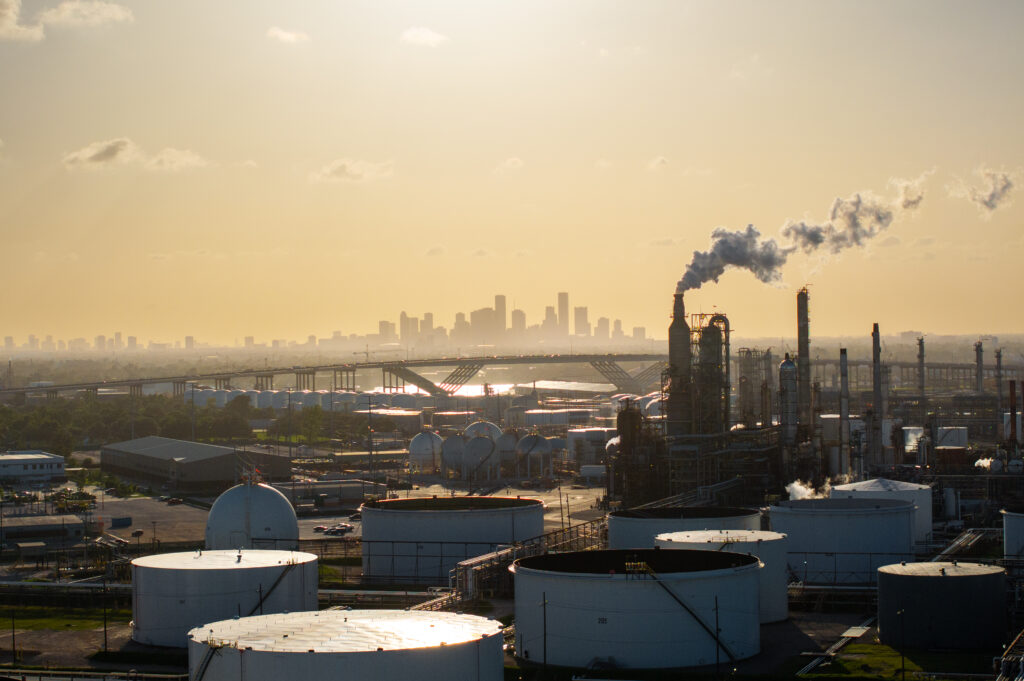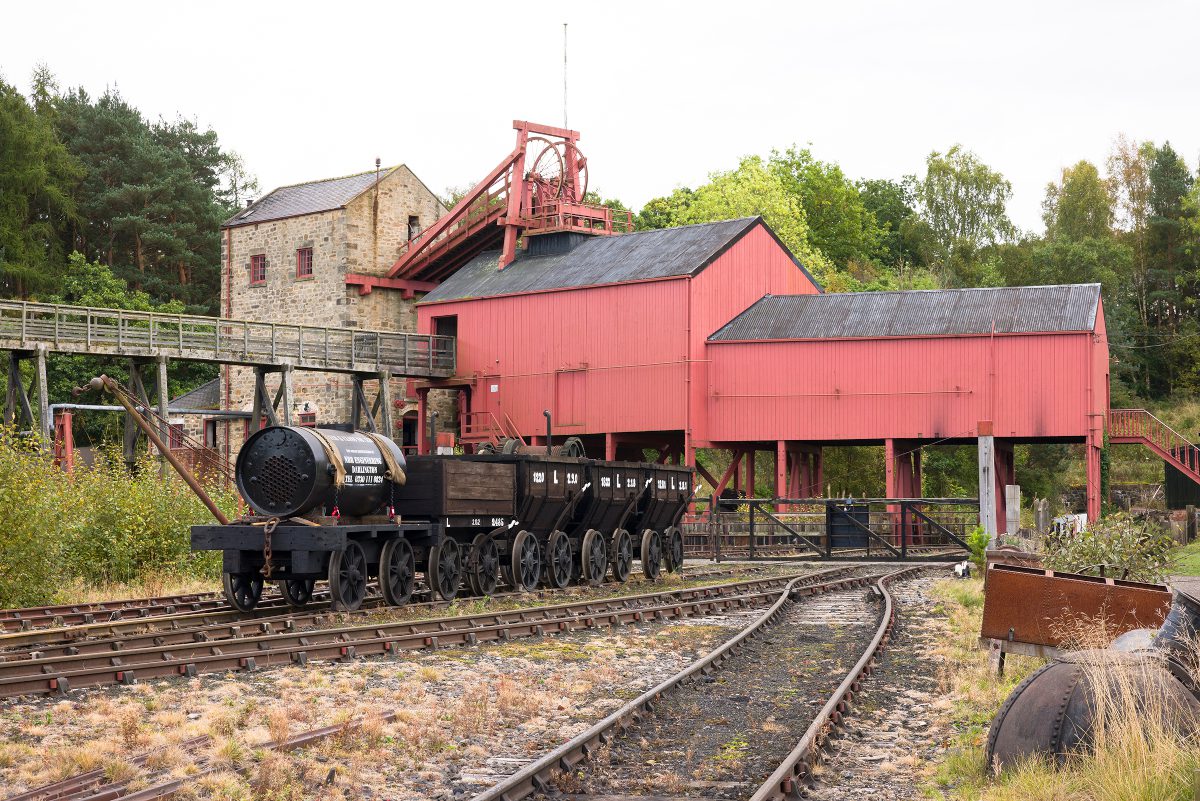High resolution satellite imagery shows the world’s largest rainforest is becoming more vulnerable to extreme weather and other climate-related threats.
Researchers at the Potsdam Institute for Climate Impact Research (PIK) have issued a stark warning about one of the planet’s most important ecosystems, with mounting evidence suggesting the Amazon rainforest is losing its ability to withstand perturbation, for example droughts and fires, which raises the risk of irrecoverable dieback.
Experts have warned that this poses a major threat globally, with the Amazon itself considered a potential tipping element for the climactic balance of the Earth’s ecosystem. Simply put, if this region is no longer able to recover from damage resulting from a changing climate, it could be approaching its own point of no return.
‘Reduced resilience – the ability to recover from perturbations like droughts or fires – can mean an increased risk of dieback of the Amazon rainforest. That we see such a resilience loss in observations is worrying,’ said Niklas Boers from the Potsdam Institute for Climate Impact Research and the Technical University of Munich, who conducted the study jointly with researchers from the University of Exeter, UK.
‘Computer simulation studies of [the Amazon’s] future yield quite a range of results,’ Boers continues. ‘We’ve therefore been looking into specific observational data for signs of resilience changes during the last decades. We see continuously decreasing rainforest resilience since the early 2000s, but we cannot tell when a potential transition from rainforest to savanna might happen. When it will be observable, it would likely be too late to stop it.’
The team have also highlighted a difference between stable mean state and true stability of an ecosystem. While it is believed large swathes of the Amazon can be committed to dieback before any significant change to the mean state is evident, the new study shows the process of destablisation may now be underway.
In related news, water deficiency and extreme wind could be pushing the southern fringes of the Amazon past the point of no return.
Image credit: Lightscape
















